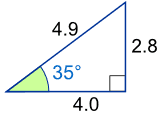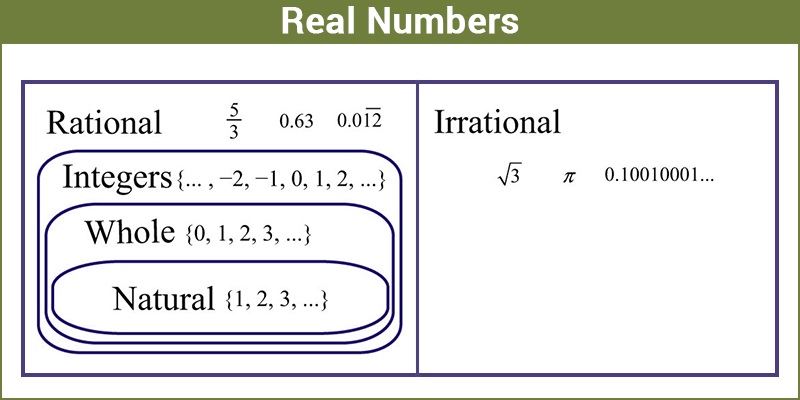All About Cylinders
A cylinder is a three-dimensional shape in geometry. A cylinder is round and has a top and bottom in the shape of a circle. The top and the bottom are flat and always the same size. I think the best way to describe the shape of a cylinder is to think of a can of soup!
 |
Volume of a Cylinder
The volume of a cylinder tells us how much space it has on the inside of it. If you had a can of pop, the volume would be equal to how much pop fills the entire can.
In the formula to find the volume of a cylinder, you will need to know the height and radius of the cylinder. The height is basically how tall it is. The radius is equal to half of the length of the diameter of its circular top or bottom. Remember also that the number pi can be rounded to 3.14.
 |
Surface Area of a Cylinder
The surface area of a cylinder tells us how much space covers the entire surface of the cylinder. If you were to wrap a can of Pringles with wrapping paper for a birthday gift, the amount of wrapping paper that is used would be equal to the surface area of the Pringles can. To find the surface area of a cylinder, you will need to know the height and radius of a cylinder.
 |
Wrapping Food
Now image that you need to cover a cylindrical piece of cheese with foil. After measuring its dimensions, you figured out that the height is 3 inches and the radius is 1 inch. In order to figure out how much foil you need to cover the entire piece of cheese, you need to calculate the surface area!

















